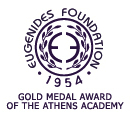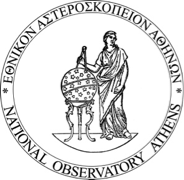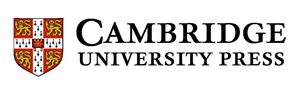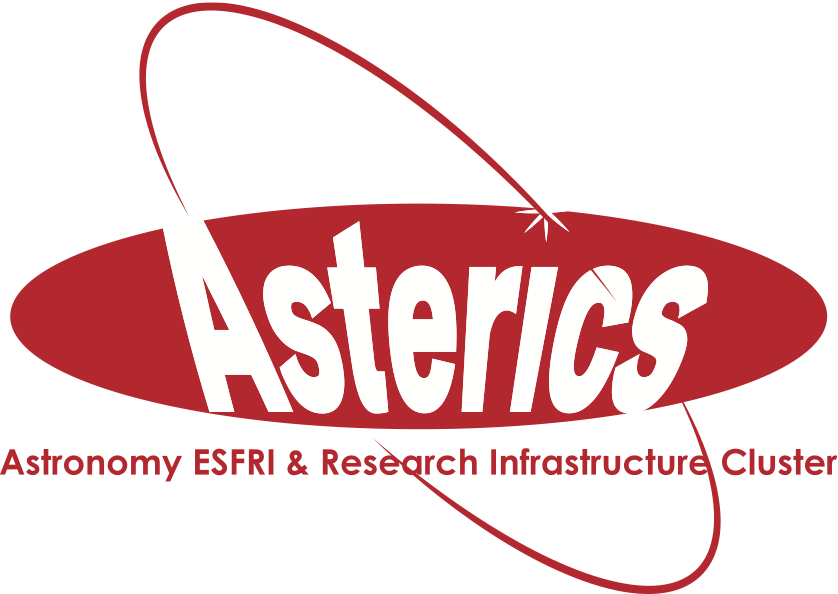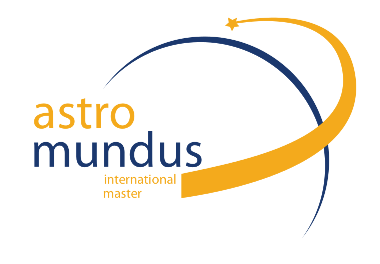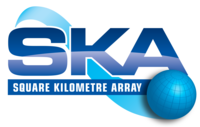Symposium S10
6 – 7 July 2016
Probing the New Frontiers with Cluster Lenses
Aims and scope
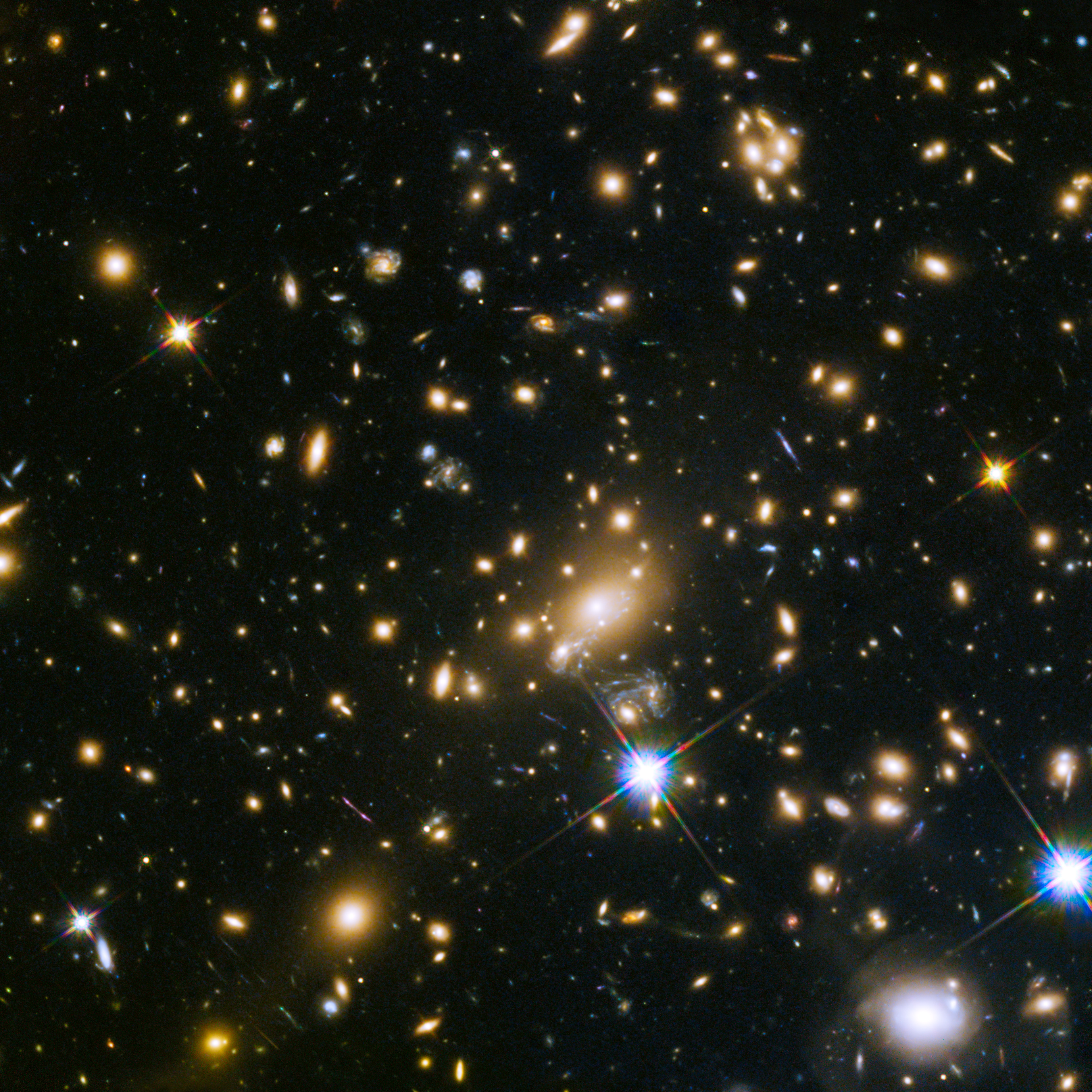 This Symposium is meant to bring together both lensing and structure evolution experts to discuss the recent exciting discoveries done within the field. Today gravitational lensing represents one of the key and powerful tools used to understand the evolution and assembly of structure in the Universe. Indeed, it allows us to measure the dark matter content of the lenses, free of assumptions regarding their dynamical state, as well as to spatially resolve the lensed objects themselves. Massive galaxy clusters are ideal 'Cosmic telescopes', and generate high magnification factors over a large field-of view. Their importance appears clearly in recent ambitious programs implemented with the Hubble Space Telescope, in particular the CLASH multi-cycle Treasury project, the GLASS program, and the recent "Hubble Frontier Fields"(HFF) Director's initiative. Since the discovery of the first giant arcs and weak shear signals, gravitational lensing has provided major scientific breakthroughs in both cosmology and physics of galaxies, including the discovery of the most distant known galaxies in the Universe. These large HST programs have provided unrivaled datasets, complemented by many follow-up observations from most of the world's large telescopes (multiwavelength studies, IFU and high resolution spectroscopy).
This Symposium is meant to bring together both lensing and structure evolution experts to discuss the recent exciting discoveries done within the field. Today gravitational lensing represents one of the key and powerful tools used to understand the evolution and assembly of structure in the Universe. Indeed, it allows us to measure the dark matter content of the lenses, free of assumptions regarding their dynamical state, as well as to spatially resolve the lensed objects themselves. Massive galaxy clusters are ideal 'Cosmic telescopes', and generate high magnification factors over a large field-of view. Their importance appears clearly in recent ambitious programs implemented with the Hubble Space Telescope, in particular the CLASH multi-cycle Treasury project, the GLASS program, and the recent "Hubble Frontier Fields"(HFF) Director's initiative. Since the discovery of the first giant arcs and weak shear signals, gravitational lensing has provided major scientific breakthroughs in both cosmology and physics of galaxies, including the discovery of the most distant known galaxies in the Universe. These large HST programs have provided unrivaled datasets, complemented by many follow-up observations from most of the world's large telescopes (multiwavelength studies, IFU and high resolution spectroscopy).
Cluster lenses offer a unique glimpse to distant galaxies, thanks to the large magnification they produce. Obtaining accurate magnification measurements requires the construction of very precise mass models. Over the past decade, both parametric and non-parametric modeling techniques have been improved in detail and scope, prompted by the increasing data quality. The distribution of dark matter in galaxy clusters can now be mapped to high-precision (<1%) revealing the amount and distribution of substructure, and allowing for a better understanding of magnification bias and line-of-sight projection of the lensing mass thanks to essential tests run with numerical simulations. This provides us with an observational tool to measure cosmological parameters using cosmography, and also an observational test of the "small-scale problems" with LCDM. In turn, well-calibrated clusters as gravitational telescopes allows us to observe the faintest galaxies, well beyond the observational limits of current instrumentation. Measurements of the integrated galaxy UV luminosity density trace the formation of the first galaxies and cosmic reionization after the Big Bang.
Intensive HST campaigns have also discovered spectacular lensed objects, like a multiply-lensed z~11 galaxy - the highest-redshift galaxy ever detected, or the Supernovae Refsdal, the first example of a lensed supernovae with resolved multiple images. The future is even more promising for lensing clusters: the next HST treasury program RELICS which will observe 39 clusters, the EUCLID mission which expects the discovery of thousands of them, and the James Webb Space Telescope (JWST) which will give us unique deep and multi-colour data.
To discuss these latest developments and to optimize the scientific returns of time-limited future missions, we propose to bring together both observers and modelers. The timing of this meeting is optimal as the HFF observations of the last two clusters will just be over, and it will thus enable us to have a first global overview of the project.
Programme
This Symposium will be splitted in 5 Sessions, with an aim to address the main problematics faced with Cluster Lenses nowadays.
- Session 1 : The Mass Distribution & Physics of Galaxy Clusters
- Session 2 : Gravitational Lensing Mass Modelling
- Session 3 : Lensed Galaxies & Reionization
- Session 4 : Long Wavelength View of the Distant Universe
- Session 5 : Transients & Gravitational Lensing
Invited speakers
- Rychard Bouwens - NOVA (Netherlands)
- Ariel Goobar - Stockholm University (Sweden)
- Claudio Grillo - DARK (Denmark)
- Patrick Kelly - University of California, Berkeley
- Kirsten Knudsen - Chalmers University of Technology (Sweden)
- Marceau Limousin - LAM (France)
- Massimo Meneghetti - INAF, Osservatorio Astronomico di Bologna (Italy)
- Renske Smit - Durham University (UK)
- Sherry Suyu - Max Planck Institute for Astrophysics (Germany)
- Tommaso Treu - UCLA (USA)
Scientific organisers
- Mathilde Jauzac, Durham University (UK)
- Jean-Paul Kneib, EPFL (Switzerland)
- Hakim Atek, Yale University (USA)
- Jose Maria Diego, Instituto de Fisica de Cantabria (Spain)
- Richard Ellis, ESO (Germany)
- Matt Hilton, UKZN (South Africa)
- Eric Jullo, LAM (France)
- Jennifer Lotz, STScI (USA)
- Richard Massey, Durham University (UK)
- Kavilan Moodley, UKZN (South Africa)
- Priyamvada Natarajan, Yale University (USA)
- Pascal Oesch, Yale University (USA)
- Johan Richard, CRAL (France)
- Keren Sharon, University of Michigan (USA)
- Ian Smail, Durham University (UK)
Contact
Please contact Mathilde Jauzac if you have any questions regarding the Symposium.
mathilde.jauzac @ durham.ac.uk
Updated on Sun Mar 06 17:22:31 CET 2016
|
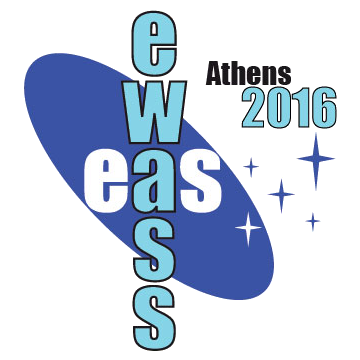
 A power cut will shut down all EAS services on Tuesday, 10 January 2017 starting at 7:30 CET.
A power cut will shut down all EAS services on Tuesday, 10 January 2017 starting at 7:30 CET.


